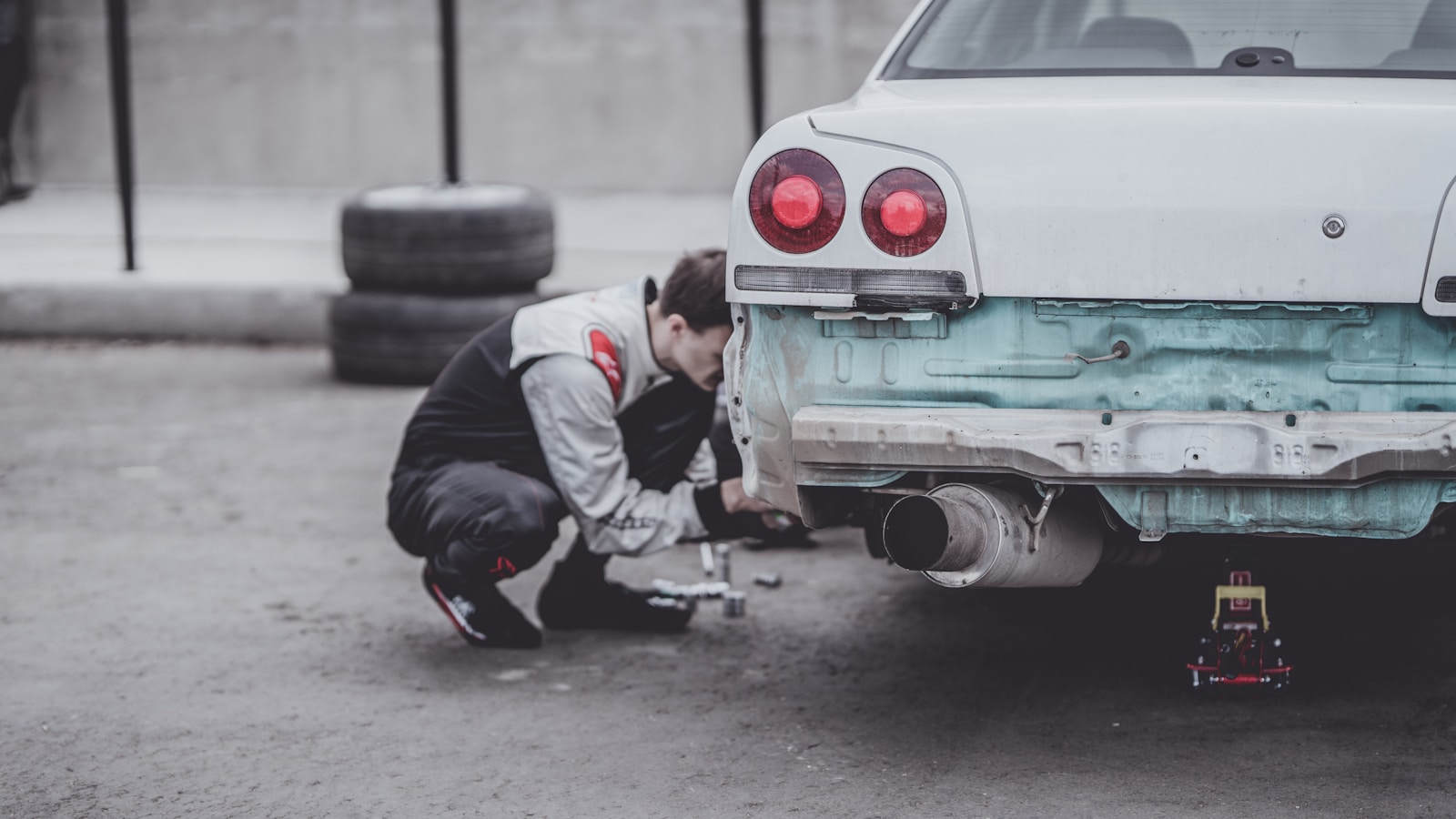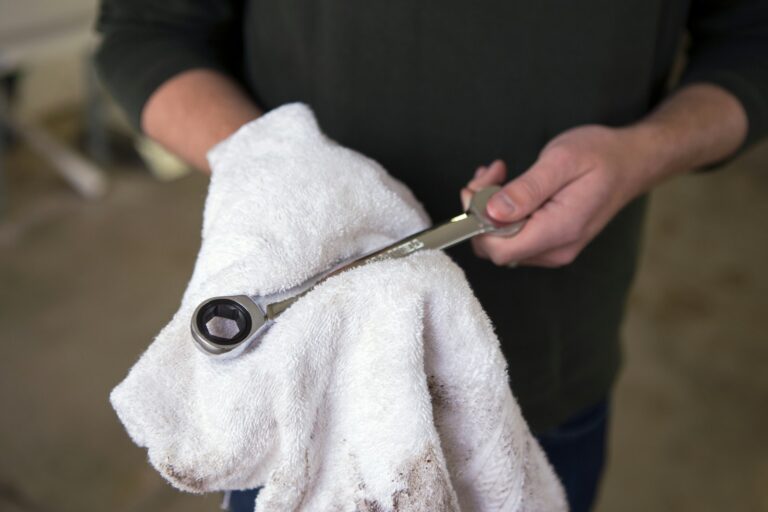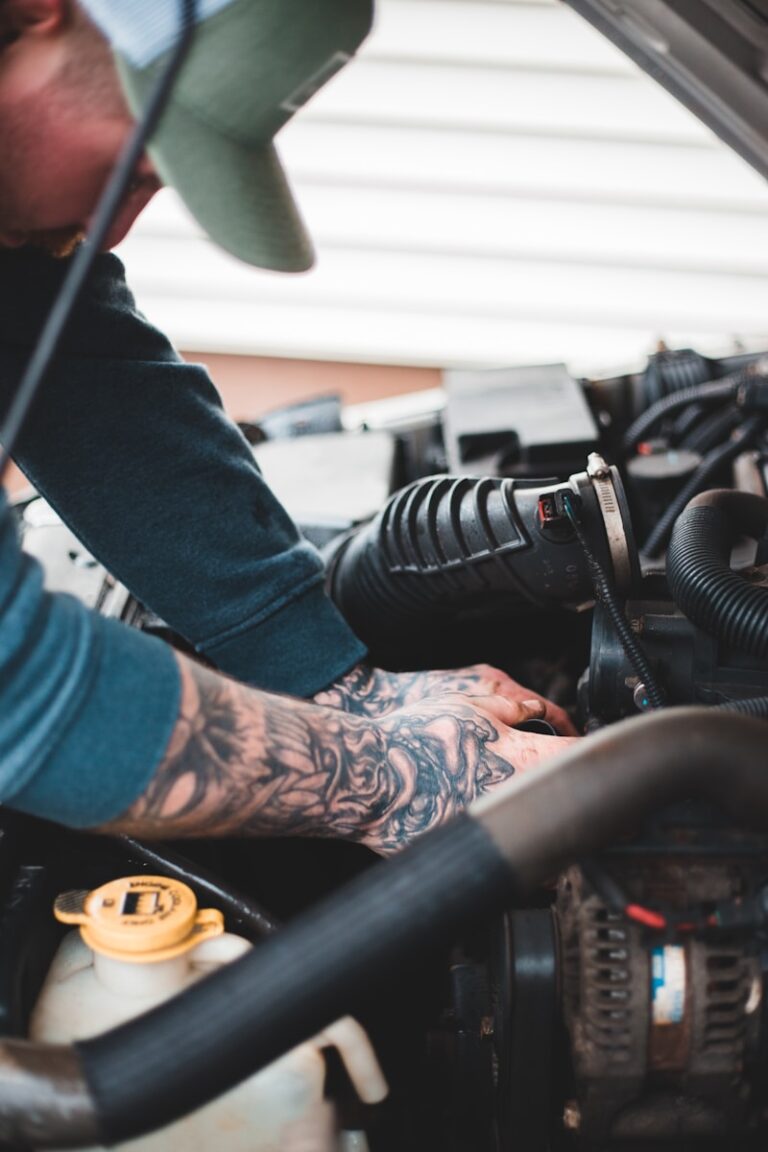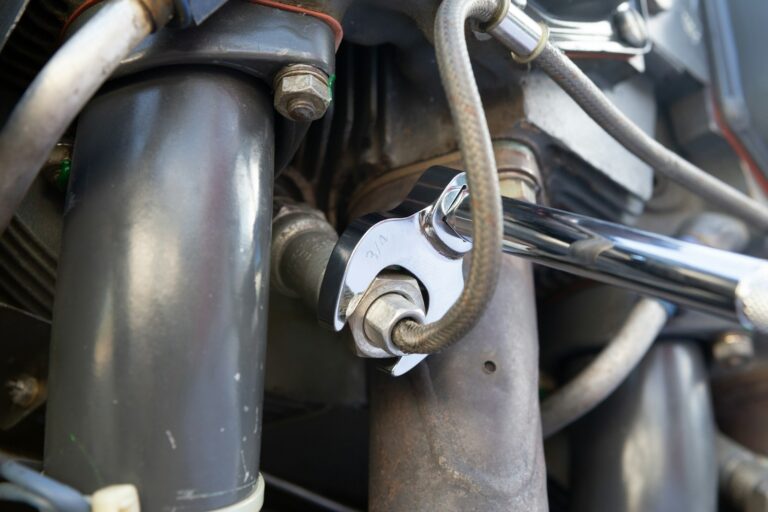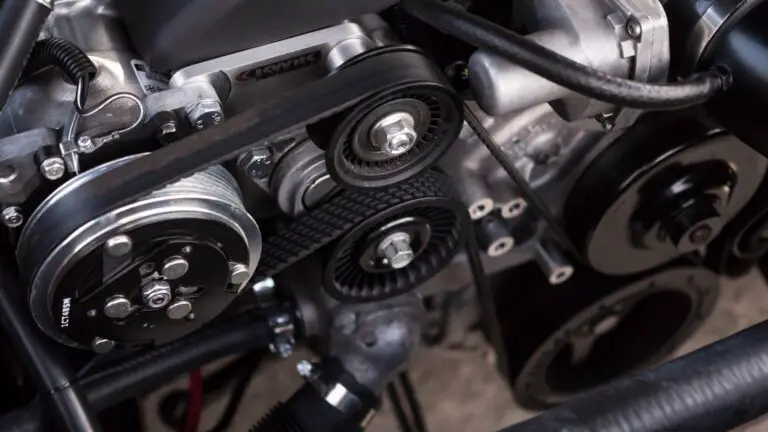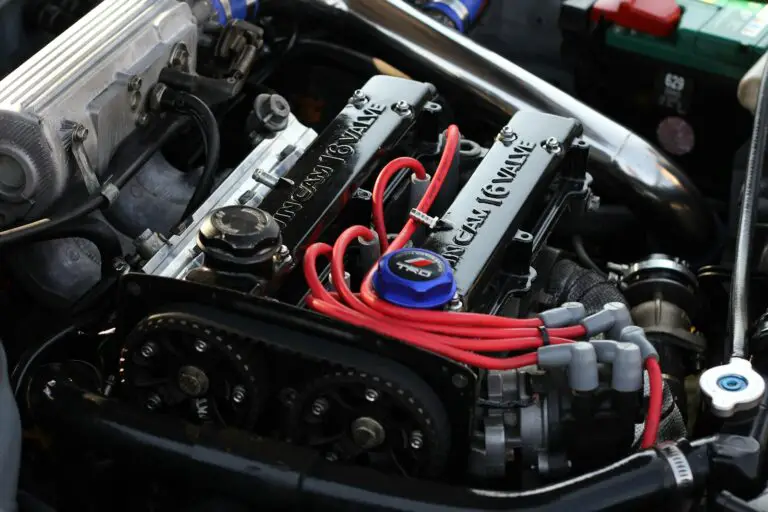DIY Fix for Sticky or Broken Car Door Locks
Your trusty car has served you well through thick and thin, but when its door locks start causing a fuss, it can put a serious dampener on your day. Bemoaning the sticky lock is a universal car owner’s lament, but what’s the best approach to silence the squeaky culprit? In this guide, we’ll explore the common woes of car door locks and provide you with a comprehensive DIY toolkit to tackle these issues.
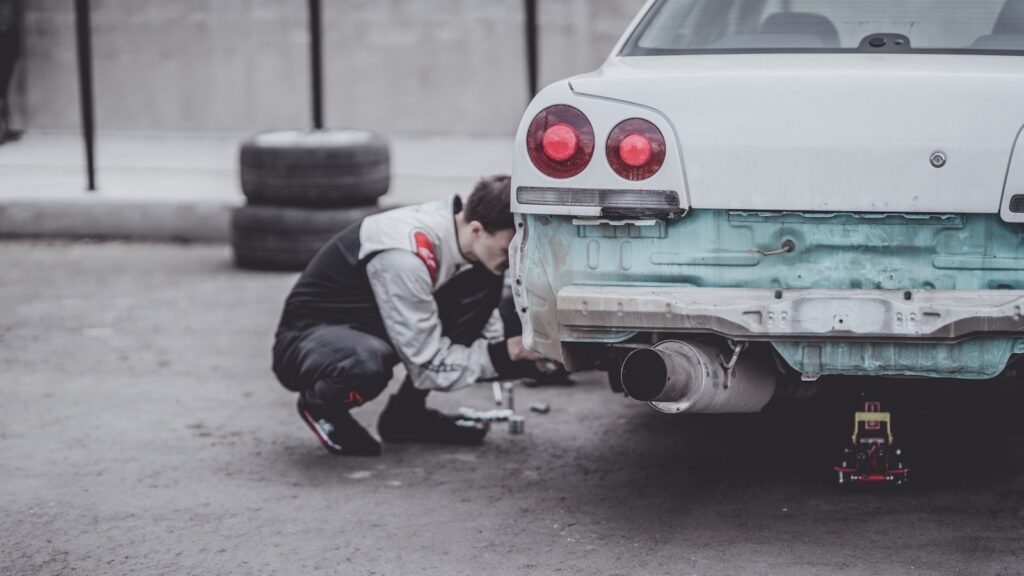
Understanding the Problem
Before we grab our tools, we need to understand what we’re dealing with. Sticky car door locks can be caused by a variety of issues, ranging from something as simple as dirt to more complex internal component failures. The most common culprits include:
- Dirt and Grime: Regular use and exposure to the elements can lead to a buildup of dirt and grime, preventing the smooth operation of the lock mechanism.
- Corrosion: Particularly in coastal or high-humidity areas, metal can start to corrode, making it difficult for the key to turn in the lock cylinder.
- Worn Keys: Over time, keys can wear down, making them less effective at turning the lock.
- Lack of Lubrication: If locks aren’t regularly maintained, the moving parts can dry out and become difficult to operate.
DIY Solutions
Fortunately, many car door lock issues can be remedied with a bit of elbow grease and some DIY finesse. Here are a few solutions to consider:
Lubrication Techniques
Proper lubrication is the key to keeping your car door locks operating smoothly.
Graphite Powder
Graphite powder is an excellent dry lubricant for locks. It’s easily applied by inserting the nozzle of the container into the keyway and squeezing a small amount inside. The key is then inserted and turned several times to work the graphite into the mechanism.
Silicone Spray
Silicone spray can offer excellent lubrication and, due to its hydrophobic nature, can help repel water, which is a major factor in lock corrosion.
Liquid Wrench
For locks that are particularly sticky, a penetrating oil like Liquid Wrench can be used to help break down rust and free up the inner workings.
Remember, whatever lubricant you choose, use it sparingly. Over-lubrication can attract more dirt and grime, making the problem worse.
Cleaning Methods
Sometimes, a good cleaning is all it takes to get those locks moving freely again.
Compressed Air
A can of compressed air can be used to blow out dirt and debris from the lock. Be sure to hold the can upright to prevent any liquid from escaping and causing damage.
Alcohol-soaked Key
For more stubborn grime, soak the key in rubbing alcohol and then insert the key into the lock. Once the alcohol has been worked into the mechanism, the key can be removed and the lock should be easier to operate.
Simple Repairs
If the methods above don’t do the trick, a more hands-on approach may be necessary.
Key Extraction Kit
Sometimes a broken key is the source of the problem. A key extraction kit includes the tools needed to remove a broken key from the lock.
Re-Keying the Lock
If your key is heavily worn, it may be time to re-key the lock or have a professional make a new one. This is a more involved process, but it ensures that the key and lock are matched properly.
Remember, these solutions should be approached with caution. If you’re not comfortable with the repair, it’s best to consult a professional locksmith or your car manufacturer’s service center.

Preventive Maintenance Tips
The best way to deal with a car door lock problem is to prevent it from happening in the first place.
- Regular Use: Just like any moving part, the locks on your car work best when they’re used regularly. Try to lock and unlock all doors at least once a week.
- Clean Keys: Keep your keys clean and free of debris to prevent them from transferring dirt to the lock mechanism.
- Key Duplication: If you notice your key is starting to wear, have a duplicate made and use it instead.
- Protective Coverings: If you live in a particularly harsh environment, consider using a silicone key sleeve to protect your keys from corrosion and wear.
Conclusion
Sticky or broken car door locks might seem like minor inconveniences, but they can quickly snowball into bigger issues if left unattended. By familiarizing yourself with the causes and simple fixes, you empower yourself to maintain the health of your vehicle’s locks, ensuring your car stays as reliable as the day you first drove it home.
Remember, when it comes to your car’s security, precision and care go a long way. Don’t allow a stubborn lock to become the plot twist in your daily adventure. Tackle the issue head-on and restore the peace between you and your trusty vehicle. Your car and your car keys will thank you for the thoughtful TLC.

